Ladakh Scouts: The ‘Snow Warriors’ Who Stand Like a Mountain to Defend India!
Fighting in all of India's wars, Ladakh Scouts are among the most decorated units of the Indian Army, racking up a staggering 605 military honours and medals!
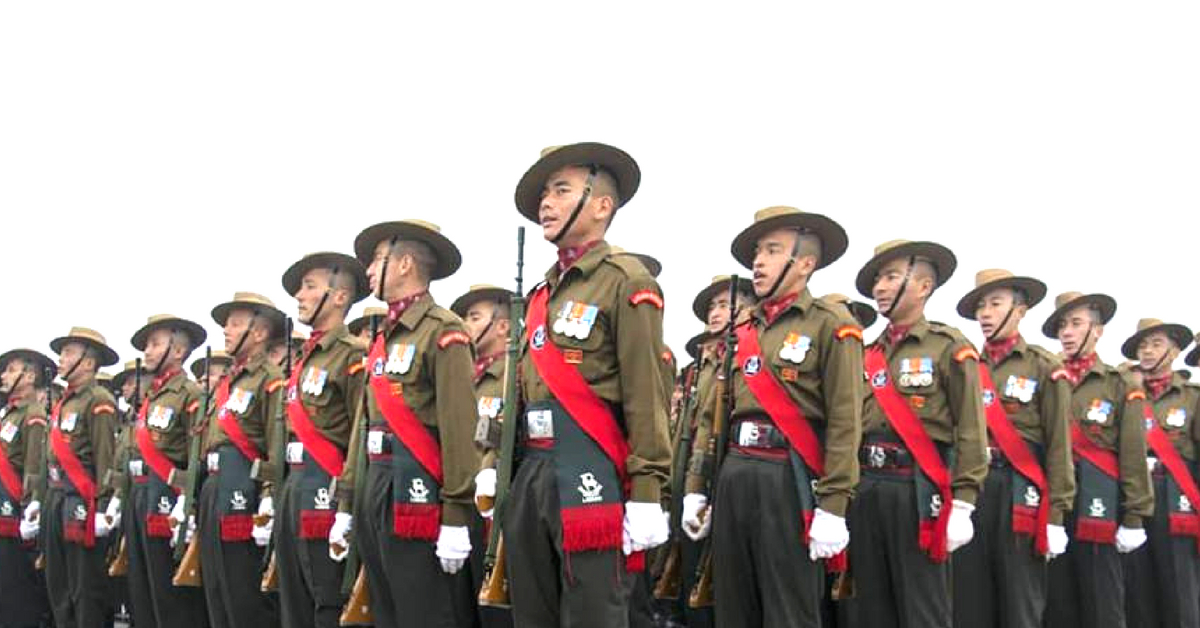
Ladakh has always considered itself an integral part of the Indian Union, and its people have done a remarkable job defending the country’s borders in high altitude areas where conditions are inhospitable at best.
Leading the charge of defending the Ladakh side of the border are the Indo-Tibetan Border Police, and more significantly, the Ladakh Scouts. They are an infantry regiment of the Indian Army with over 4,000 personnel, nicknamed the “Snow Tigers”, who specialise in mountain warfare.
Despite defending India’s borders since the dawn of Independence, it was only in 2000 when the people of Ladakh were honoured with a full-fledged infantry regiment of their own—Ladakh Scouts.
With personnel recruited primarily from Ladakhi and the Tibetan communities, the Ladakh Scouts are easily among the most decorated units of the Indian Army serving in the line of fire through each of India’s major wars racking up a staggering 605 military honours and medals.
The story of the Ladakh Scouts begins all the way back in May 1948, when Kargil was captured by Pakistani tribal raiders from across the border, leaving the main town of Leh vulnerable.
Even though Maharaja Hari Singh had signed the Instrument of Accession in October 1947, there was very little Indian military presence in the region.
Standing up to the hordes of tribal raiders in Ladakh were just 33 personnel of the J&K state forces, and a tiny volunteer force of 20 men led the legendary Lieutenant Colonel Prithi Chand. Called the ‘X-Force’, they had crossed the extremely harsh climes of the wind-swept Zoji La pass in winter.
Unfortunately for these men, spring brought with it melting snow and open passes, leaving the region open of hundreds of tribal raiders sanctioned by Pakistan to converge on Leh.
Pakistani tribal raiders were licking their fingers in anticipation of looting the region’s numerous Buddhist monasteries, battling men who they assumed didn’t know much about fighting and exploiting women, whom they also thought would remain unprotected or unwilling to fight.
When Lieutenant Colonel Prithi Chand hoisted the Indian tricolour in Leh and called out for volunteers, the first person to raise his hands was a 17-year-old boy from Nubra Valley called Chewang Rinchen, who would go on to become an Indian Armed forces legend.
It took two further months for the first batch of Indian Army troops to arrive via airlift, but in the meantime, Rinchen and his band of young Ladakhi volunteers called the Nubra Guards (progenitors of the Ladakh Scouts), did everything to keep the hundreds of battle-hardened tribal raiders at bay.
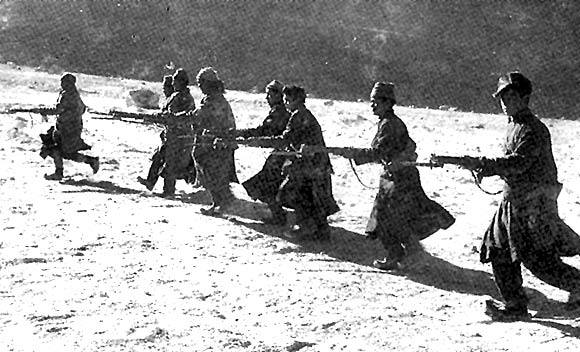
The rest, as they say, is history, as the Indian forces successfully pushed the tribal raiders back.
For his efforts, Rinchen was drafted into the forces as a junior commissioned officer and awarded the Mahavir Chakra, the second highest gallantry award.
No retelling of the Ladakh Scouts is complete without a mention of Chewang Rinchen, one of the greatest soldiers the Indian Army has produced.
He went onto win the Sena Medal in the disastrous 1962 War against China, and a second Mahavir Chakra for leading Indian forces to capture 800 square kilometres of territory from Pakistan in the 1971 War, including the strategically critical village of Turtuk.

To the uninitiated, Turtuk is the last Indian outpost and one of the gateways to the Siachen Glacier. Chewang Rinchen would go onto retire from active service as a Colonel.
On first June 1963, Ladakh Scouts (I Border Scouts) was raised with just eight companies taken from the 7th and 14th Battalions of the Jammu and Kashmir Militia, following the debacle of 1962.
“The main task of regiment was to guard India’s borders in the high-altitude areas of the Ladakh region. These ‘Snow Warriors’, affectionately called ‘Nunoos’, are skilled mountain warriors and are unsurpassed in high altitude operations. The regiment has taken part in various operations since the 1965 Indo-Pak War,” writes Ramesh Lalwani.
From 1982 to 1985, however the Ladakh Scouts witnessed some degree of reorganisation, according to the Indian Army website. In 1983, the armed forces decided to reorganise the Ladakh Scouts into a Headquarter and two wings–‘Karakoram Wing’ and the ‘Indus Wing’. Their next moment of success came during Operation Meghdoot, where along with the 4 Kumaon Battalion, they captured the coveted Siachen Glacier right under the nose of the Pakistani forces.
Ladakh Scouts personnel played a critical role in the occupation of the critical Sia La and Blindfold La mountain passes on the Saltoro Ridge perched at an altitude of 20,000 and 18,000 feet above sea level, respectively. Capturing these positions helped the Indian armed forces establish a tactical advantage over the Pakistani forces, who were taken by surprise.
“For an army that has so many soldiers committed on its Himalayan frontier, mountain men like the Ladakh Scouts are a godsend. Genetically conditioned for high altitudes, with physiological advantages like larger lungs, Ladakhis seldom suffer from mountain sickness.
Regular army units, manned by plainsmen or mountain folk from lower altitudes, require up to a week of acclimatisation before they can survive at altitudes of 15,000 feet. The Ladakhis, however, can be deployed above 15,000 feet without acclimatisation.
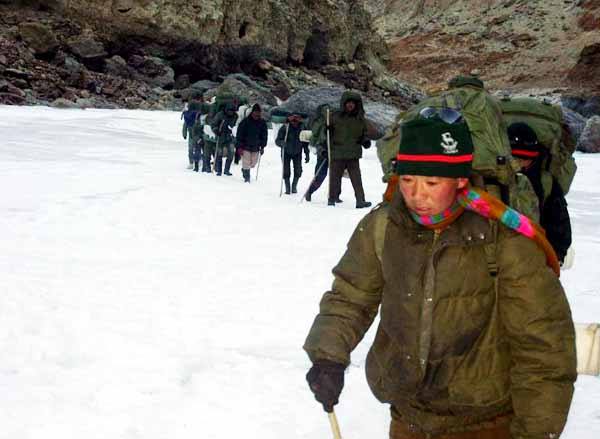
The Ladakh Scouts are also adept at operating ‘self-sustained’ for up to 10 days in extreme altitudes — that’s only on supplies in their backpacks,” writes Ajai Shukla, a retired Colonel of the Indian Army, for Rediff. Little surprise they played a critical role in capturing Siachen Glacier.
However, their real moment of glory came during the Karil War in 1999. The Ladakh Scouts were one of the first units deployed for Operation Vijay – the Indian operation to clear the Kargil sector. Displaying exceptional courage and tactical nous, the unit won multiple gallantry awards, including the Maha Vir Chakra for Major Sonam Wangchuk.
Read more about the stunning heroics of Major Sonam Wangchuk and his men here.
Such was their exceptional display during the war that the Indian Army awarded the Scouts a Unit Citation for the courage, heart and tactical nous they showed during the battles in the Batalik-Yaldor-Chorbatla Sector.

Even the Chief of Army Staff (COAS) awarded the Ladakh Scouts the COAS Banner—the only such award ever given, according to Ajai Shukla.
In a letter to the then Chief of Army Staff, General VP Malik, dated June 20, 1999, Kushok Bakula Rinpoche, former MP and Head Lama of Ladakh, highlighted the courage and valour of the Ladakh Scouts in the conflict and the indispensable role in securing victory for India.
Praising their efforts, Rinpoche recommended that the Ladakh Scouts be upgraded to a regular regiment of the Indian Army. Responding to letter, General VP Malik wrote, “They (Ladakh Scouts) have performed in an exemplary manner, displaying extraordinary courage and determination.”
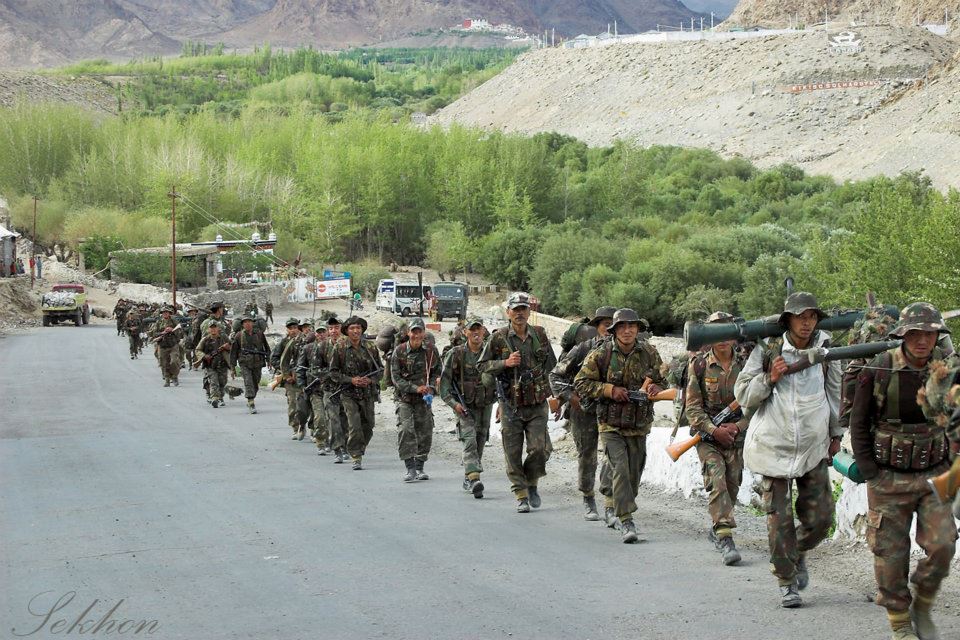
It was following their heroics in the Kargil War that the Indian Army decided to convert the Ladakh Scouts into a full-fledged infantry regiment in June 2001 along the lines of the Gorkhas and Dogras.
The Ladakh Scouts today comprise of five battalions, each one with approximately 850 soldiers. Two of five are deployed in very high-altitude areas, one of which invariably includes the Siachen Glacier.
Among the other three, two are stationed in other parts of Ladakh, while one is restricted to a peacetime location in Chandimandir cantonment of Panchkula, Haryana.
Since the pool of potential recruits is small, there are plans to recruit soldiers from the nearby Lahaul and Spiti region of Himachal Pradesh, who have also long produced tough mountain soldiers. Plans are also reportedly afoot for adding two more battalions to the Ladakh Scouts.
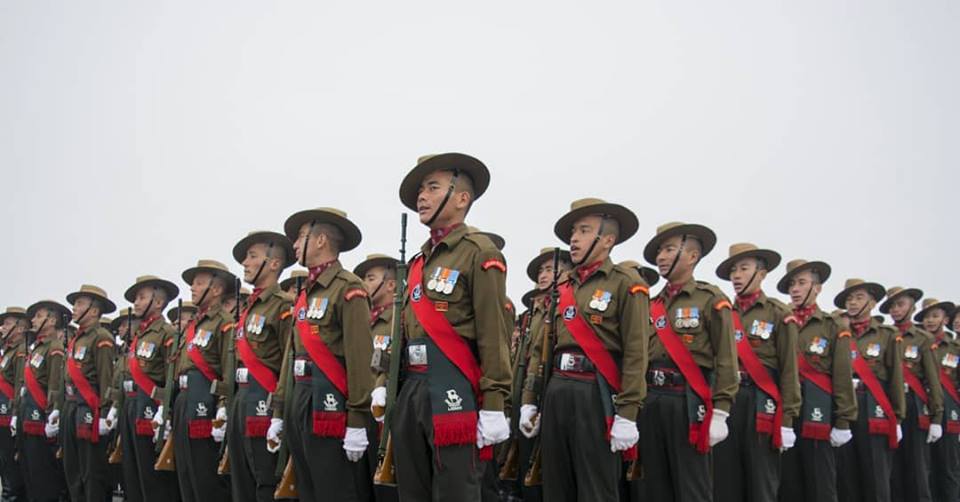
For the people of Ladakh, meanwhile, the Scouts offer not just an opportunity to serve the nation but earn a decent living. For many young Ladakhis, particularly those from low-income households, career choices are limited to driving taxis and serving in the Scouts.
Besides defending the land, the Ladakh Scouts have also helped the region recover from the economic devastation caused by successive wars. Their value to the sustenance and defence of Ladakh and India is immeasurable.
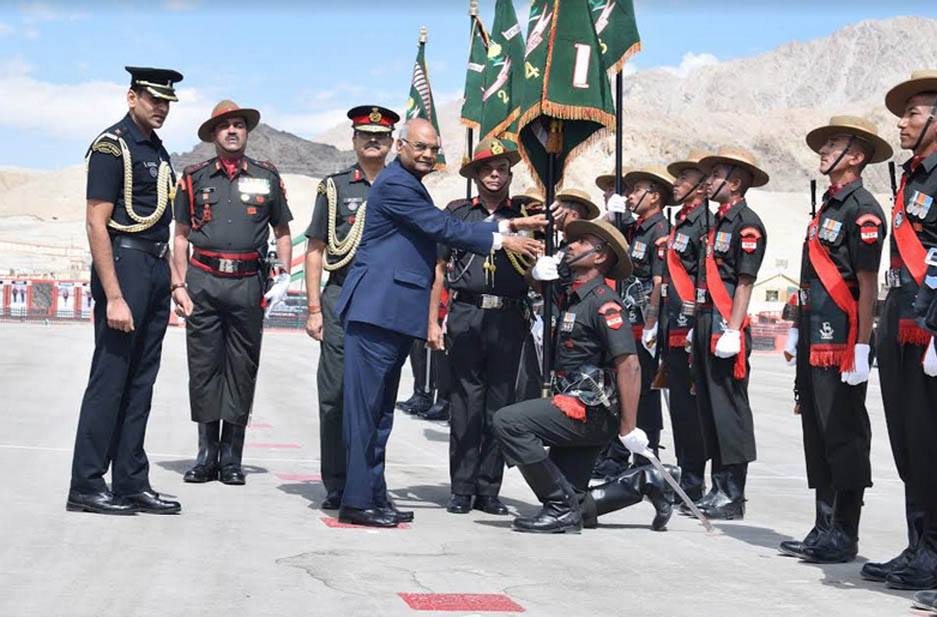
On August 21, 2017, President Ram Nath Kovind honoured the Ladakh Scouts by presenting it with the President’s Colours—an honour reserved for those units that distinguish themselves over decades. God knows, they deserved it.
(Edited By Vinayak Hegde)
Like this story? Or have something to share? Write to us: [email protected], or connect with us on Facebook and Twitter.
If you found our stories insightful, informative, or even just enjoyable, we invite you to consider making a voluntary payment to support the work we do at The Better India. Your contribution helps us continue producing quality content that educates, inspires, and drives positive change.
Choose one of the payment options below for your contribution-
By paying for the stories you value, you directly contribute to sustaining our efforts focused on making a difference in the world. Together, let’s ensure that impactful stories continue to be told and shared, enriching lives and communities alike.
Thank you for your support. Here are some frequently asked questions you might find helpful to know why you are contributing?


This story made me
-
97
-
121
-
89
-
167











